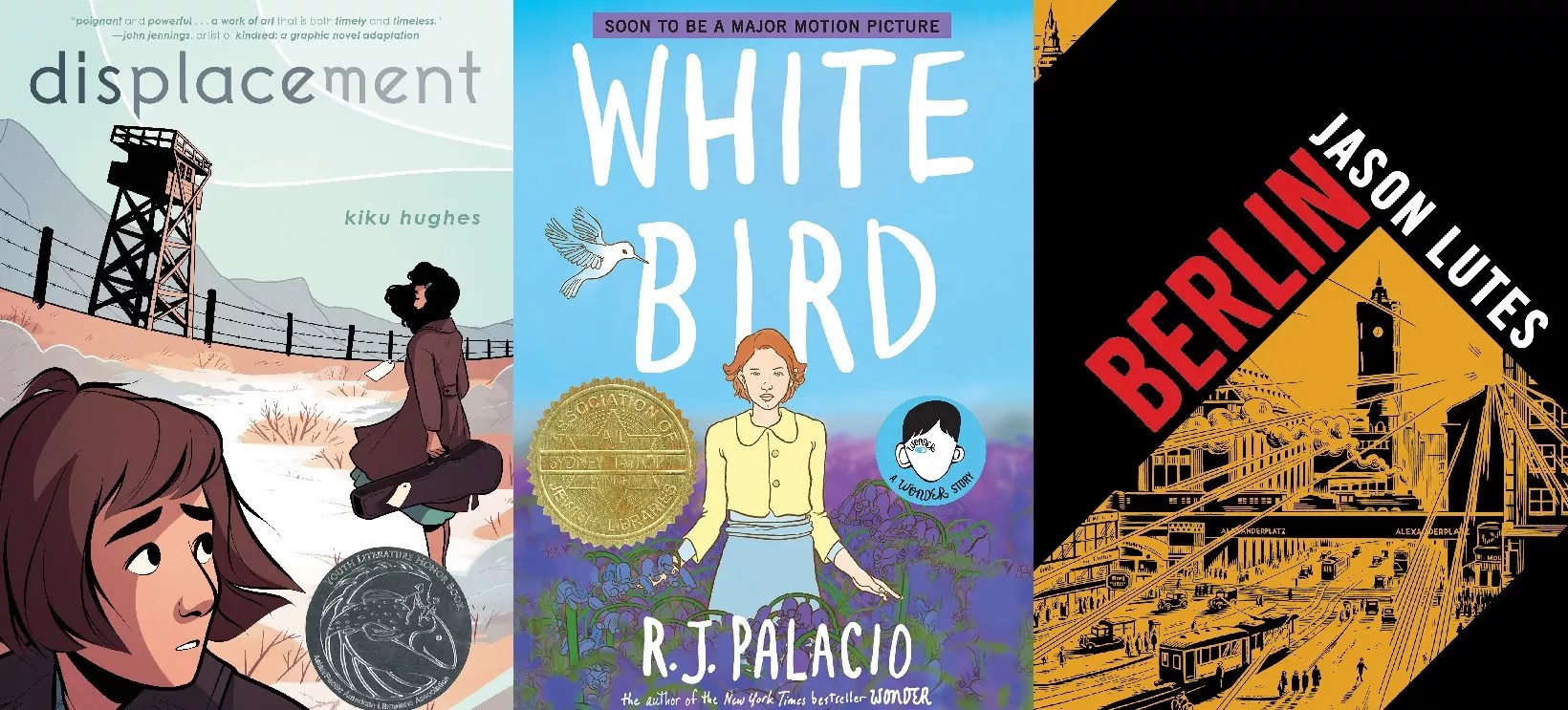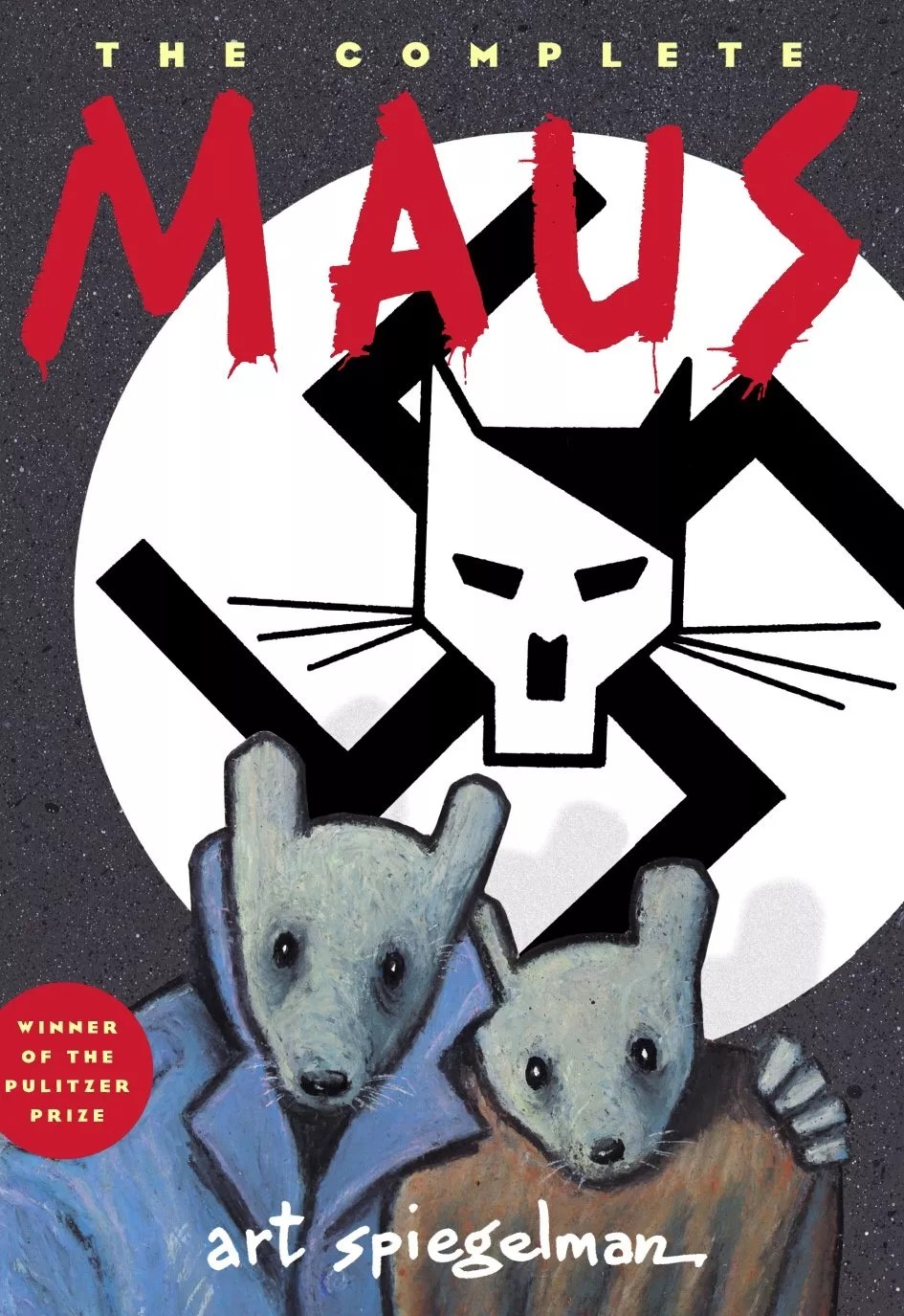

Audio By Carbonatix
Denver-born education nonprofit Pop Culture Classroom has just opened nominations for the Fifth Annual Excellence in Graphic Literature (EGL) Awards, honoring the best and brightest in the medium from 2021. “Our fifth EGL Awards are going to be special,” says interim director Adam Kullberg. “We’re bringing back an in-person celebration, and for the first time offering readers a chance to vote for their favorite.”
The EGL Awards were initially conceptualized in 2016. “There were comic-based national awards that really prioritized the superhero genre – the Eisners, the Harvey Awards. But there were no awards just for graphic literature,” Kullberg says. “These were books that were getting overlooked, or were plugged into categories that weren’t designed for them.” There are outliers, of course: the back-in-the-spotlight Pulitzer-winner Maus, and the recent Newbery winner New Kid, by Jerry Craft. But those were the exceptions that prove the rule.
Pop Culture Classroom “spoke with creators and publishers and readers, and started to build out what this award would look like. The goal was always, first and foremost, to produce a list of graphic novels that are educationally viable and help students and teachers have more meaningful conversations within their communities,” Kullberg explains.
In the past four years, more than thirty graphic novels have been honored, including 2021’s Displacement, 2020’s White Bird: A Wonder Story and 2019’s Berlin. Finalists for the 2022 awards will be announced in May, with an awards ceremony June 30, just before the FAN EXPO Denver convention hits town.

The EGL Awards’ Books of the Year for the last three years: 2020 (from left), 2019 and 2018.
First Second/Knopf/Drawn&Quarterly
Pop Culture Classroom is not just seeking nominees for the public’s favorite graphic novels, comic books, manga and other graphic literary collections; it’s also looking for volunteers to help as official jurors for the selection process. Everyone from educators to creators to readers is invited to apply.
“If you’re willing to put in the time to rigorously evaluate the nominees,” says Pop Culture’s Chris Burley, “we’d love to have you. Or if you just have a graphic novel or comic from last year that you really dig, we now have a way for you to participate that way. We’re excited to be opening the process up to the public and the fans even more in this fifth year.”
The categories for the awards are broken down by age levels: a children’s category (under 10), middle-grades (ages 10-14), young adult (14-18), and adult (18+). “We also have a Book of the Year Award,” says Kullberg. “The best title is nominated from the other four categories. We also have the Mosaic Award, which celebrates books and creators that come from or spotlight different communities, ethnicities, nationalities, faiths and identities.”

Art Spiegelman’s Maus is one of the progenitors and best examples of the form.
Penguin
“It’s really an inclusivity award,” specifies Burley. “In the quilt of the American story, there have been a lot of holes. One of the things the Mosaic Award tries to do is to make sure that we’re not skipping entire patches on that quilt. It’s particularly relevant this year. There’s an active movement underway to shape our understanding of history in a way that limits some perspectives. But inclusivity has always been one of the pillars of Pop Culture Classroom’s mission.”
For the first time, there will also be a Reader’s Choice Award, which will be determined by an online voting system available sometime in May, once the finalists have been chosen by the juror process. The award winners will be announced live at the June 30 EGL Awards Celebration.
“There are so many misconceptions about graphic literature,” says Kullberg. “And furthermore, there’s always a question of what’s the right book for the right setting with the right teacher. The EGL Awards were created to harness some of the energy around this medium – this almost tangible way of understanding story and history, of bringing that into classrooms and communities. It’s one of the most transformational mediums that we can put into a student’s hands today.”
For more information or to participate in the process as a nominator or a juror, see the Pop Culture Classroom EGL Awards website.